The ASUS TUF X99 Sabertooth Review
by Ian Cutress on July 22, 2015 10:00 AM EST- Posted in
- Motherboards
- Asus
- TUF
- X99
ASUS TUF X99 Sabertooth Software
The regular set of bytes reserved for ASUS’ software falls in the lap of AI Suite 3, which we’ve covered at AnandTech numerous times before. The TUF line of motherboards is in most regards similar, with fast charging and USB boost technologies included, however the main feature is no longer overclocking. Rather than promote overclocking (even on an overclockable chipset and an OC socket installed), the focus for AI Suite is monitoring and control. As a result we get Thermal Radar instead of 5-Way Optimization:
In a similar context to 5-Way Optimization though, users can either go through each option manually and adjust to their liking or use a couple of clicks and let the system configure it all for itself. On the image above, the left hand side has all the temperature sensors with the three thermistor headers at the bottom for allocation:
Because two self-build systems are rarely alike, the software also allows the configuration of each fan placement within the chassis:
After a quick test, the software will produce appropriate fan profiles for each to minimize dead zones. If you accidentally happen to put a liquid cooling pump power connector into the CPU fan, you might get a fan profile like this:
After the system is finished, the user can fine tune each setting including Fan Overtime and Dust-de-fan:
With a compatible video card, the fan on the GPU can also be controlled with acceleration and deceleration (i.e. hysteresis) time allowing the heat generated during the game to be dispelled quicker at the end of gameplay.
ASUS offers an overall assessment of the cooling capabilities of the system, along with a rating:
Fan speeds, temperatures and voltage can also be recorded in the Recorder menu option:
Similarly to the BIOS and previous AI Suite implementations, we also get access to the digital power options. It might seem odd in this circumstance to include them, but reducing the impact of the power delivery can help in reducing overall temperatures.
ASUS is also using a skinned version of cFos for network management. This allows the user to prioritize the network usage of certain programs over others by either using the presets or manual adjustment:
A more detailed set of options, such as tracking overall bandwidth usage, is also present.
Other features in the ASUS software suite include:
AI Charger: Allows quick charging on BC1.1 compliant devices on certain USB ports.
USB 3.1 Boost: For suitable devices, implements a newer USB protocol to improve USB 3.0 and USB 3.1 speed.
EZ Update: Connect to the web to download updates. I’ve never had it work though.
System Information: Breakdown of the hardware specifications for motherboard, CPU and DRAM.
USB BIOS Flashback: Prepare a USB with a BIOS for updating, or save the current BIOS.
USB Charger: Allows for fast charging while in sleep/hibernate on certain ports only.
Push Notice: Setup a messaging system to another device in case of system errors.


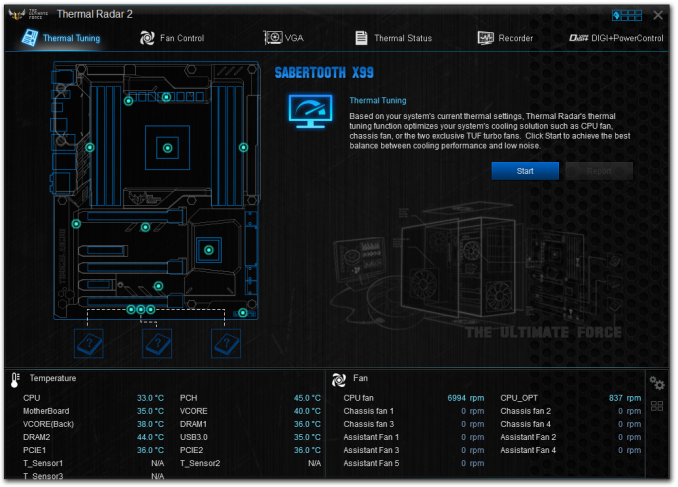
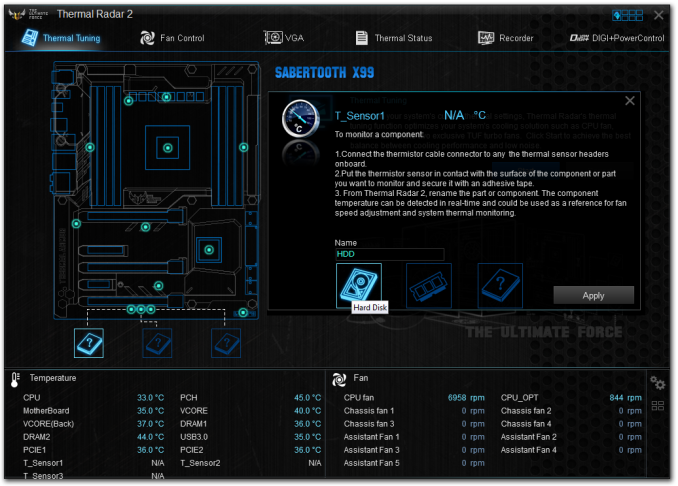
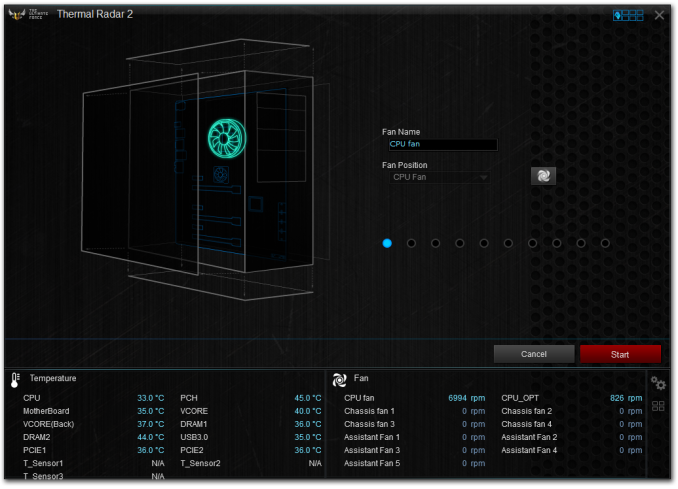
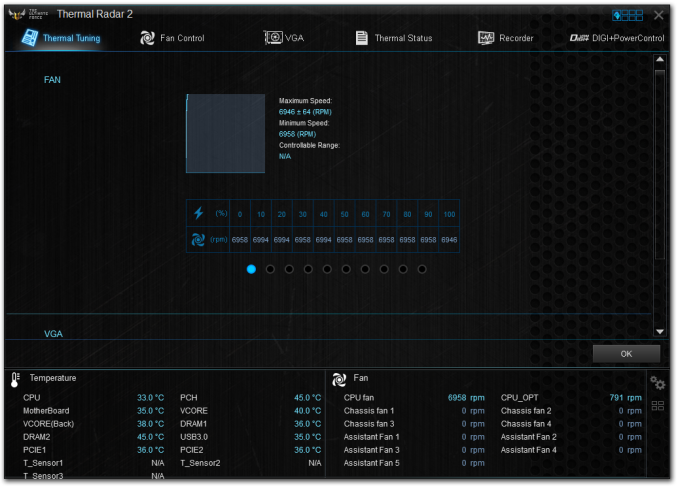
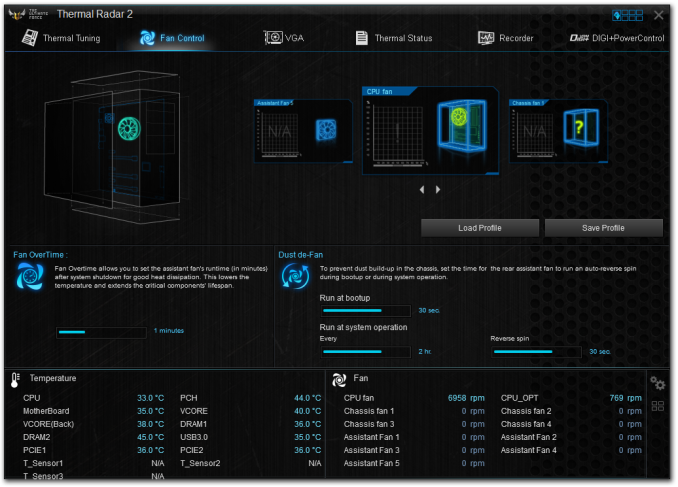
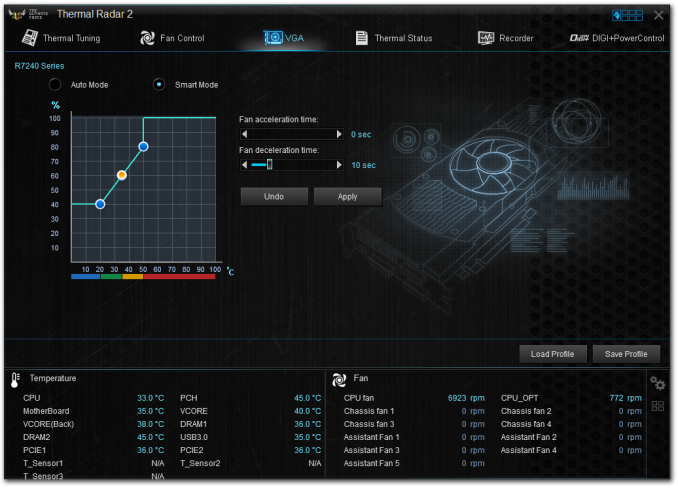
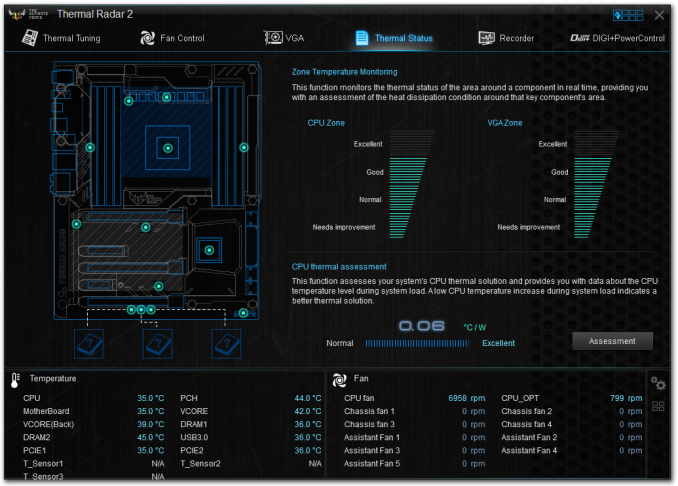
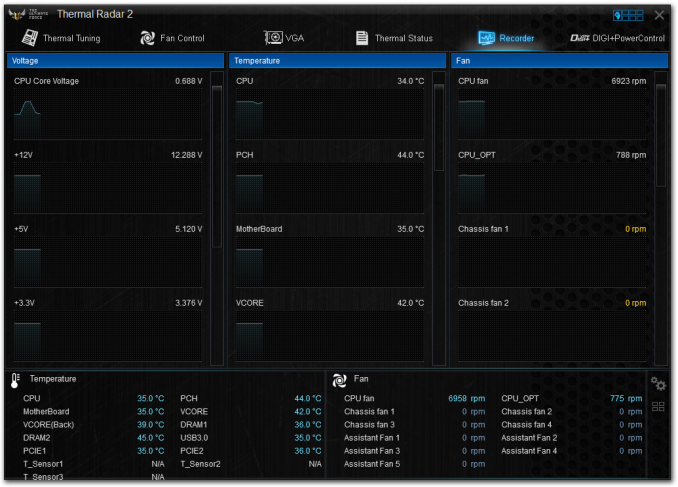
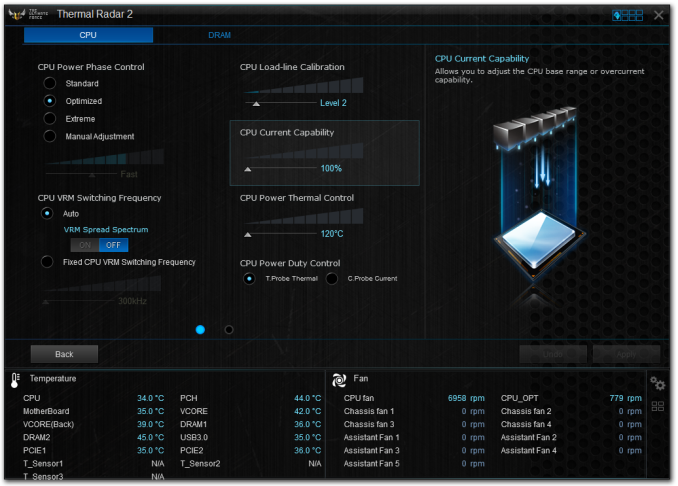
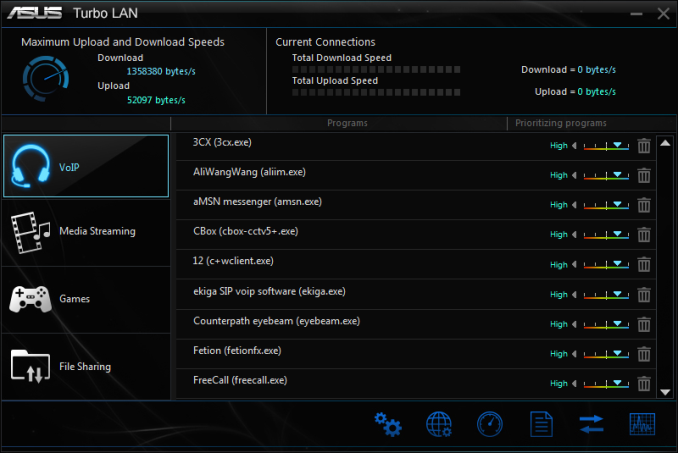
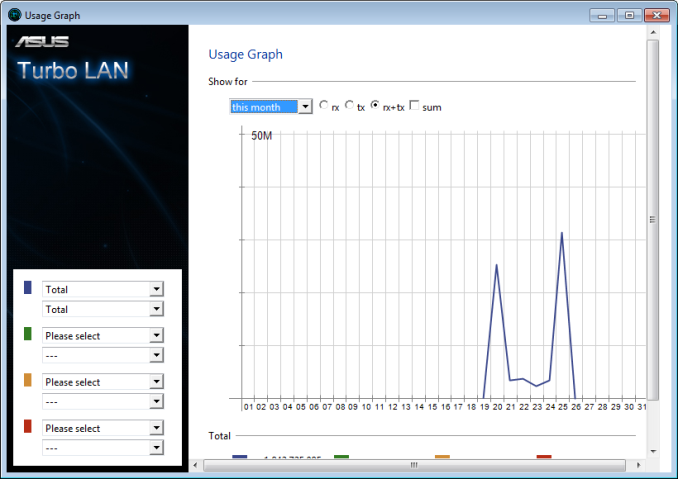














57 Comments
View All Comments
Ryangadz - Friday, July 31, 2015 - link
Also, the work being done in architectual renderings within gaming engines is super impressive. If you aren't familiar with Unreal Engine 4's lighting system its definitely worth looking into. I don't do much in the way of rendering stills anymore because interactive is so much more useful to clients and consumers. Client want to add 10 more desks to an office? Not a problem just move the wall and (even procedurally) drop in more desks all with real-time lighting. Its getting to the point where even I have trouble discerning real v. Baked GI v. Real-time faked GI. Do you think the client can tell... Or even cares?OldCOP - Tuesday, September 8, 2015 - link
A dyslexic renderest, how interestingisamudysan - Tuesday, August 25, 2015 - link
HAHAHAHAHA!!!! 6 x99 boards for years?!!! didn't know x99s were made years ago; and, where's your proof of these 6 x99s that has been running flawlessly for years?"without giving a source this is even more likr UFO sightings....."
LOL
Pinhead* - Thursday, November 5, 2015 - link
I agree! I built with three Asus X99 Deluxe board in the past year and they are all running beautifully. Someone is overclocking and blaming their mistakes erroneously on the boards...MeeDeeGee - Friday, October 8, 2021 - link
I've been running two ASUS X99 boards for years. Never had a problem and the boards are awesome. ASUS ROG X99 Strix with an i7-6950X 10-Core and ASUS TUF X99 Sabertooth with an i7-6800K. Excellent quality and reliability.I read the posts that you linked and the guys are idiots, they were overclocking, so it serves them right to fry things. I never overclock because it is a waste of time (yeah like you really will notice that extra 2% more benchmark numbers in real world applications). Plus it voids your warranty, and wears out your components faster. Serves them right. There is nothing wrong with the ASUS X99.
Zinc64 - Wednesday, July 22, 2015 - link
Didn't bother checking the TUF Detective app?Seems like a neat tool for anyone with a tablet lying around...
LordanSS - Wednesday, July 22, 2015 - link
I hope someday be able to get one of these for a future build... whatever comes after Skylake maybe? Who knows.Most of my issues are not from dust gathering inside (dust filters + positive pressure alleviates most of that problem) but humidity instead.
It's quite difficult for one of my systems to live through 2 years. My Ivy Bridge i7 proc will complete 3 years in a few months, but I already had to replace the motherboard (was an Asus P8Z77-V) a couple months ago. Sadly, Brazil doesn't get the nice warranty periods and RMA possibilities that US customers have. We do get very high humidity tho! =/
ericloewe - Wednesday, July 22, 2015 - link
Realtek 8111 as the second GbE controller? What the hell were they thinking?!lmcd - Wednesday, July 22, 2015 - link
That's as the first GbE controller ;) Likely bundled with the RealTek 1150 solution.steve4king - Wednesday, July 22, 2015 - link
The "Thermal" armor concerns me as it seems like it would be more of an insulator than anything. Unless there ducting to force air under the plastic, it will just block airflow to the motherboard's smaller components.